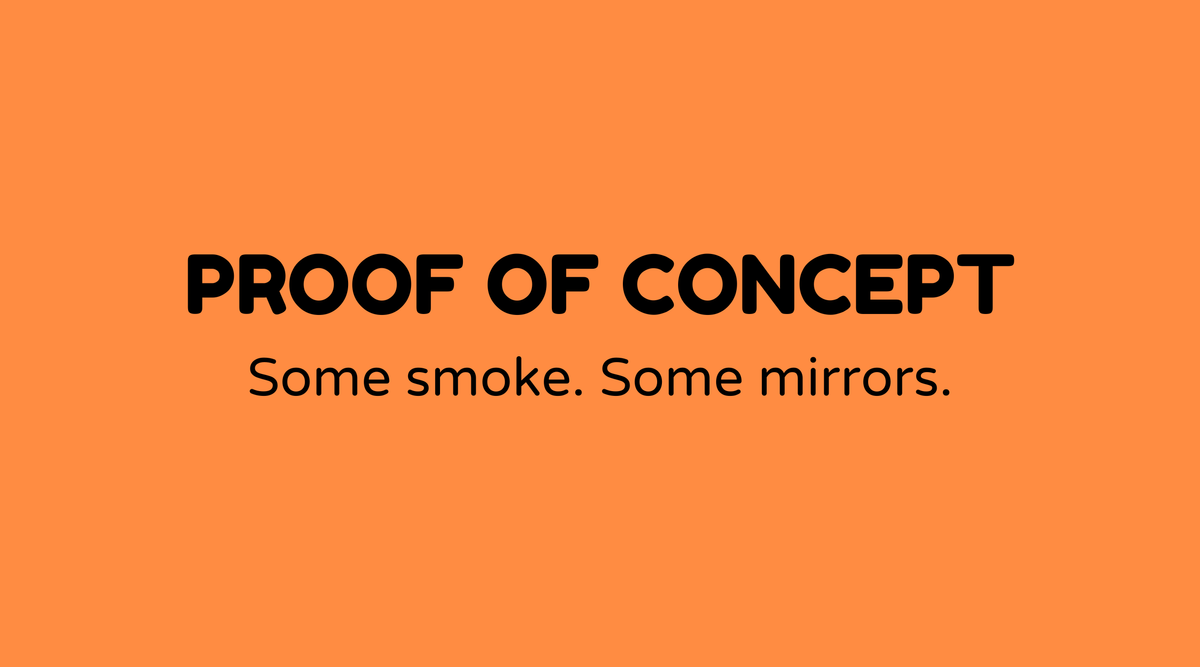Proof of Concept

Overview of Proof of Concept
A proof of concept (PoC) plays a vital role in the product development process. It represents the intersection of creativity and practicality, allowing teams to determine whether an idea can actually be developed and function as intended. Businesses and innovators utilize PoCs to identify potential challenges before allocating significant resources to full-scale production. This initial phase is fundamental in confirming that new ideas are not only achievable but also have market viability.
Why Proof of Concept Matters
Imagine committing to product development only to discover later that it's not technically achievable. That's where a PoC proves its value. It helps to avoid expensive mistakes by validating your concept early on. An effective PoC can highlight technological obstacles, conserve resources, and direct efforts toward initiatives with genuine promise. Furthermore, a successful PoC can gain stakeholder support and secure essential funding by demonstrating the concept's feasibility.
What is Proof of Concept?
A PoC serves as a demonstration project. It tests and validates ideas prior to embarking on a full-scale initiative. It illustrates the feasibility of a concept, showing that the idea can be developed into a practical solution. In product development, this may involve creating partial solutions or early prototypes to confirm the central concept. It's the link between preliminary ideas and tangible innovation.
How do you make Proof of Concept?
Initiating a PoC involves several key steps:
-
Define Objectives: Clearly state what you intend to prove. Is it technical viability, market interest, or resource availability?
-
Research and Analysis: Conduct comprehensive research to understand technical needs and market demands.
-
Design and Develop: Create a small-scale prototype. This could be a basic model demonstrating your concept's core functions.
-
Testing: Thoroughly assess the prototype in controlled conditions to gauge its performance.
-
Analysis and Feedback: Evaluate the results, gather insights, and modify plans as needed.
-
Documentation: Record findings comprehensively to support future development stages.
Examples of Proof of Concept
-
Technology Startups: Many tech startups conduct PoCs to confirm the functionality of their software before moving to full development.
-
Healthcare Innovations: Medical companies often create PoCs to demonstrate a new medical device's functionality or a pharmaceutical compound's effectiveness.
-
Engineering Projects: Construction firms may develop a PoC to simulate the expected stability of a new sustainable architectural design.
-
Educational Tools: EdTech companies might employ PoCs to validate new learning platforms intended to improve virtual or hybrid learning experiences.
FAQs
What is the main purpose of a proof of concept?
The primary goal is to verify whether an idea is feasible and worth pursuing by showcasing its practicality and likelihood of success.
How long does a proof of concept take?
The duration varies, typically ranging from a few weeks to several months, depending on complexity and industry.
What is the difference between a proof of concept and a prototype?
A PoC is a small project aimed at learning about feasibility, while a prototype is an initial version of the actual product, focusing more on design and usability.
Who should be involved in a proof of concept?
Key participants should include project managers, developers, and industry experts who can offer insights, resources, and support.
Why is documentation important in a proof of concept?
It captures findings, informs future development, and provides evidence of the concept's feasibility.
Can a proof of concept fail, and what does that mean?
Yes, it can fail, signaling the need to reassess the idea or address market or technical challenges before proceeding.



